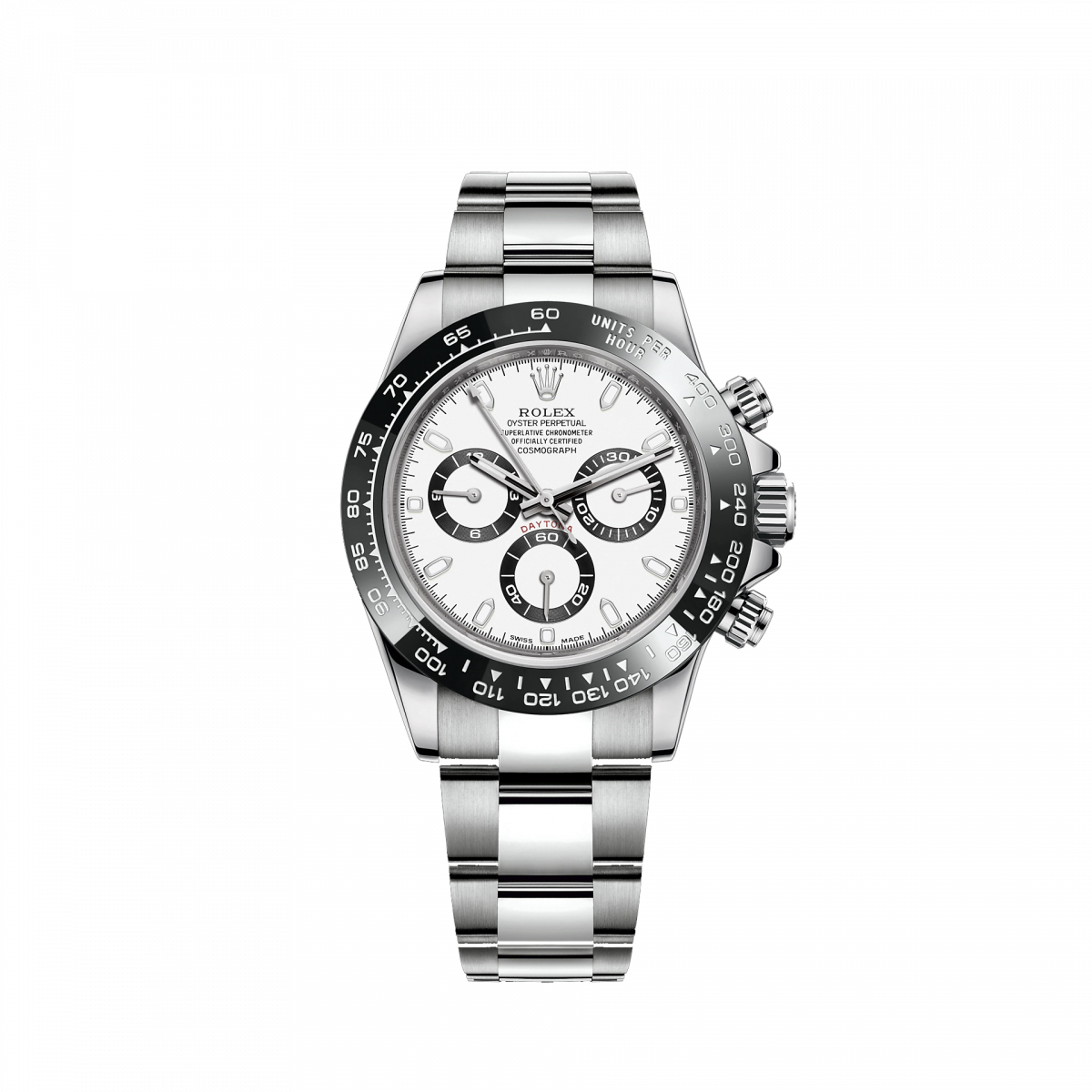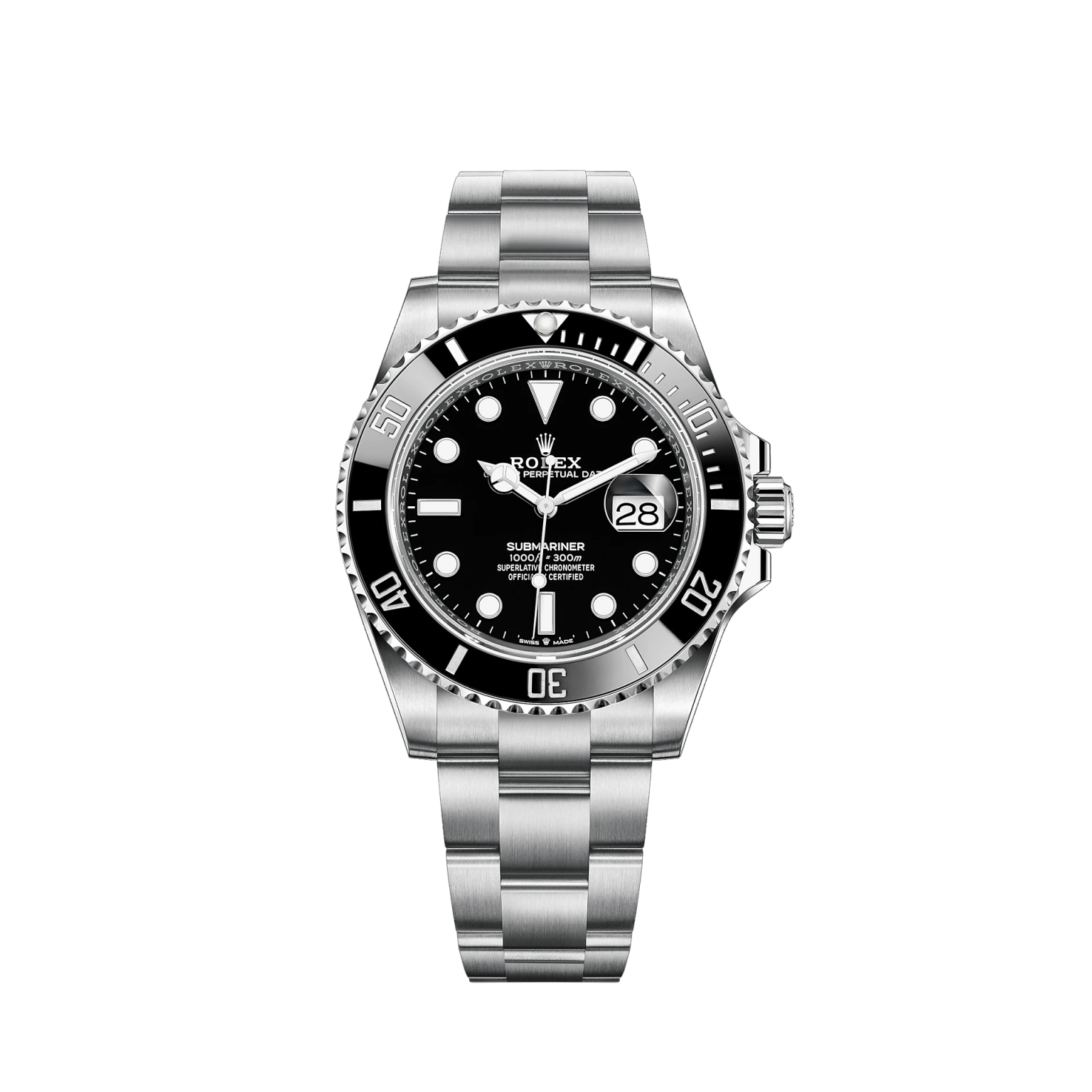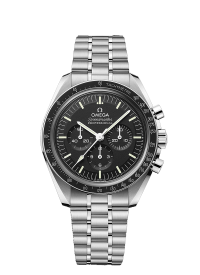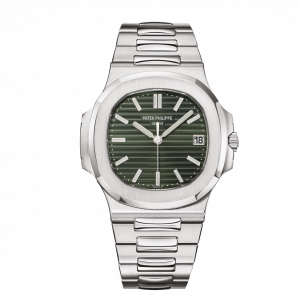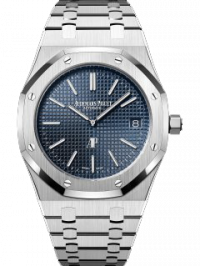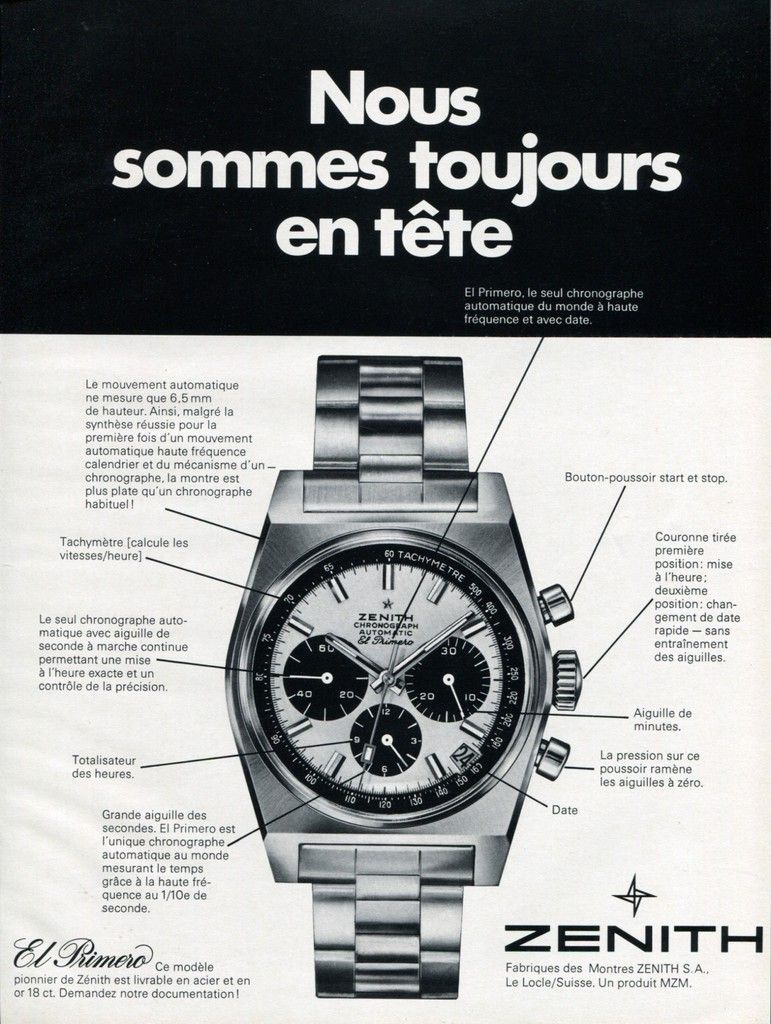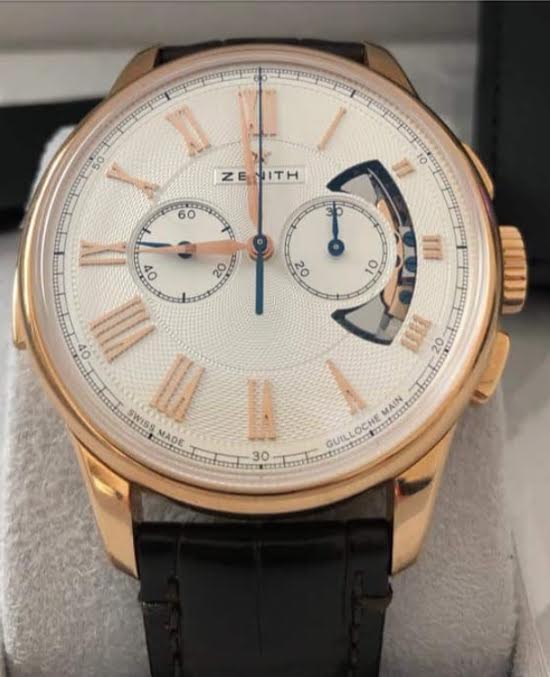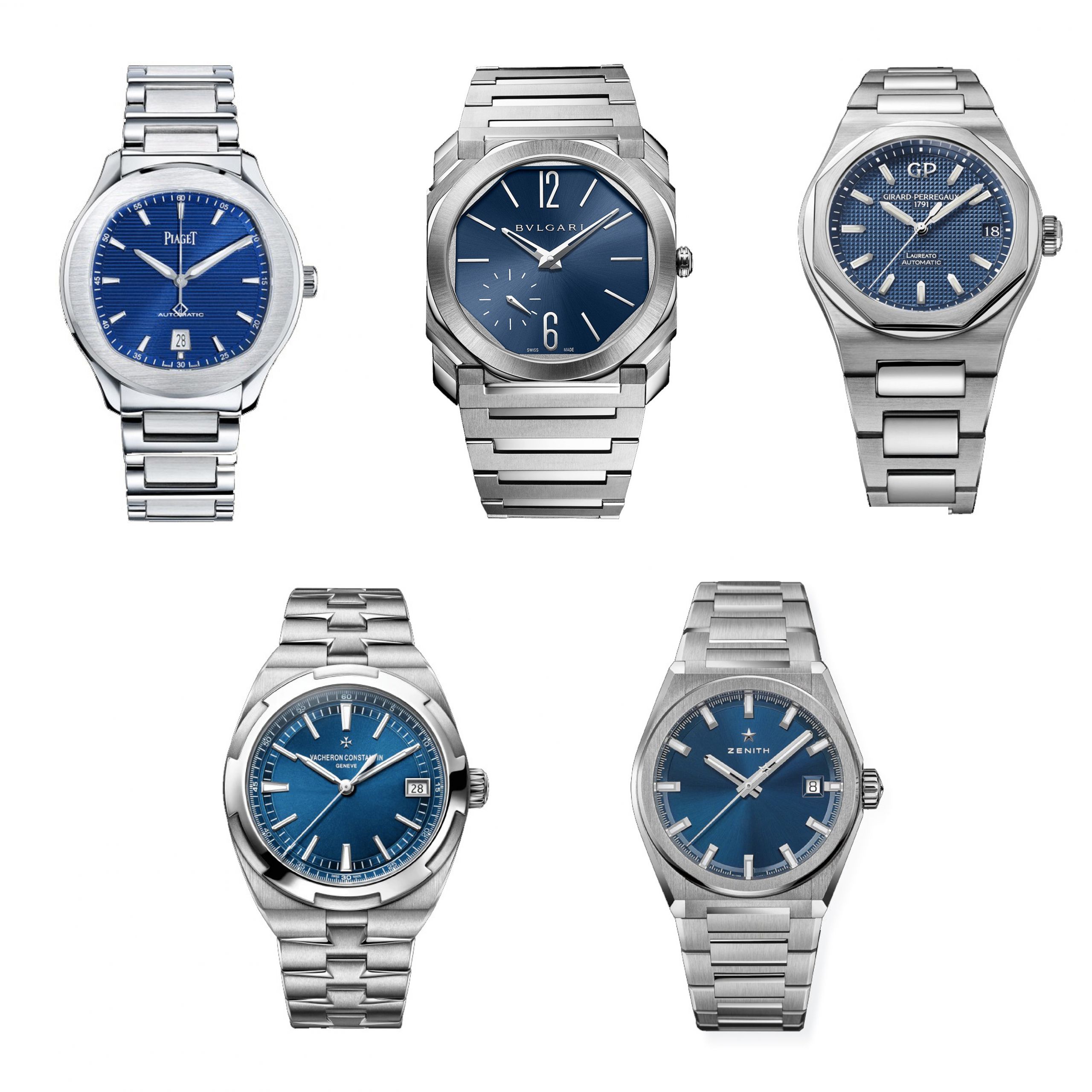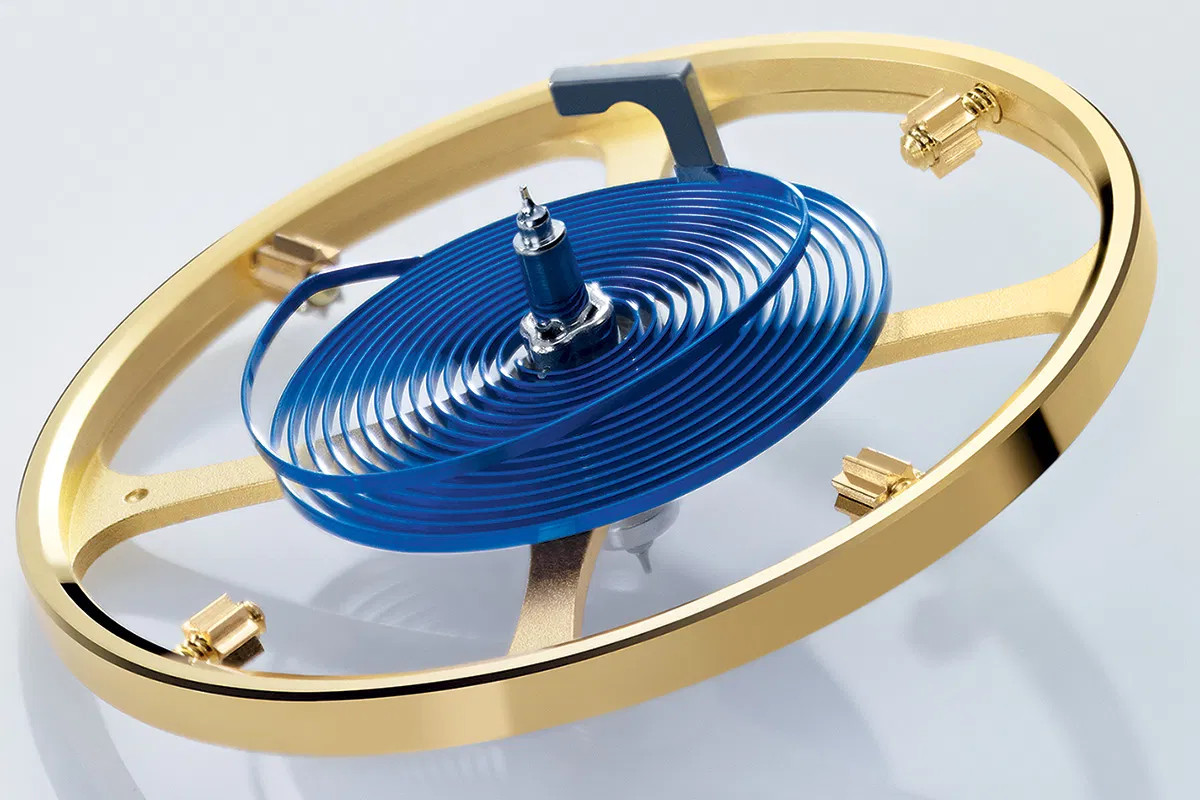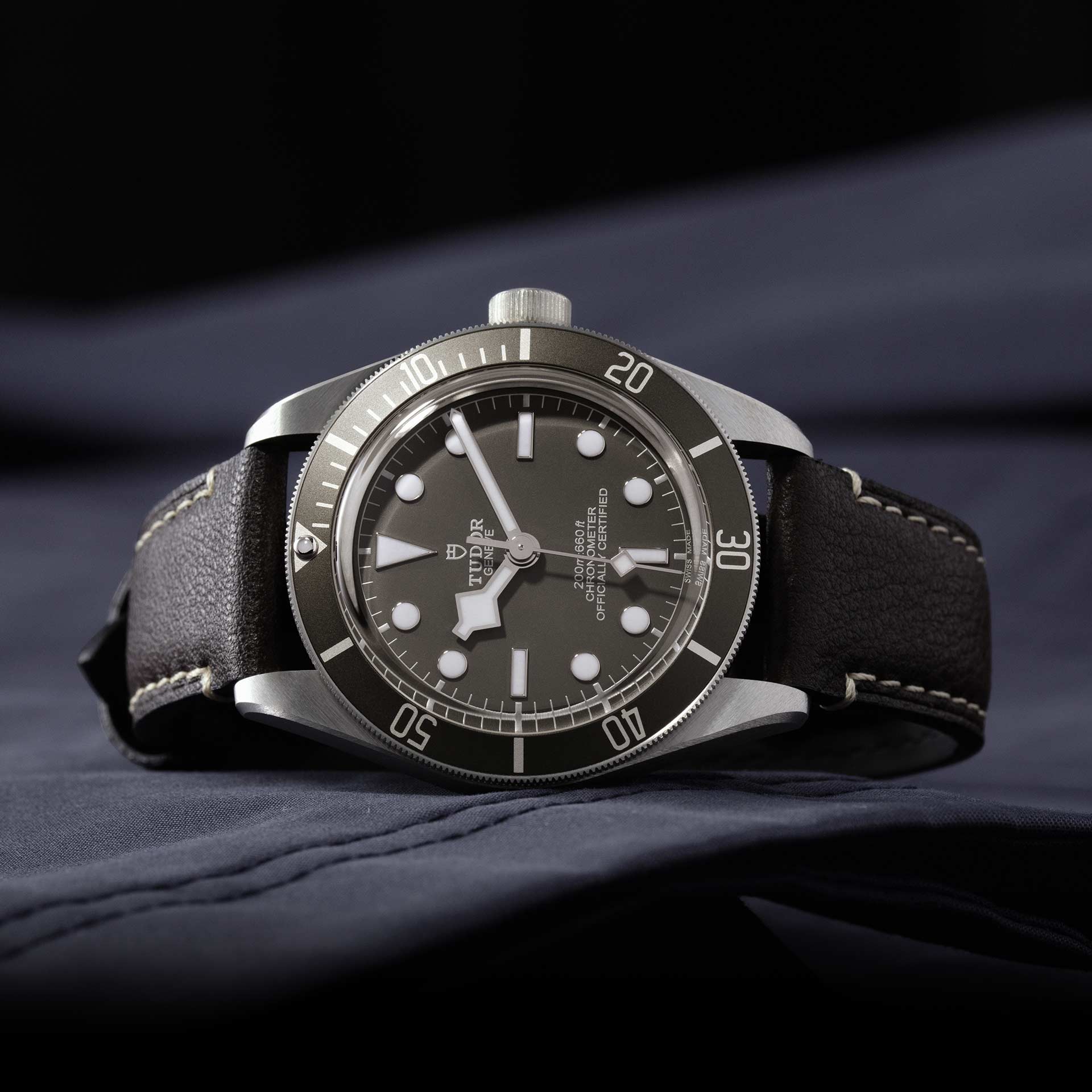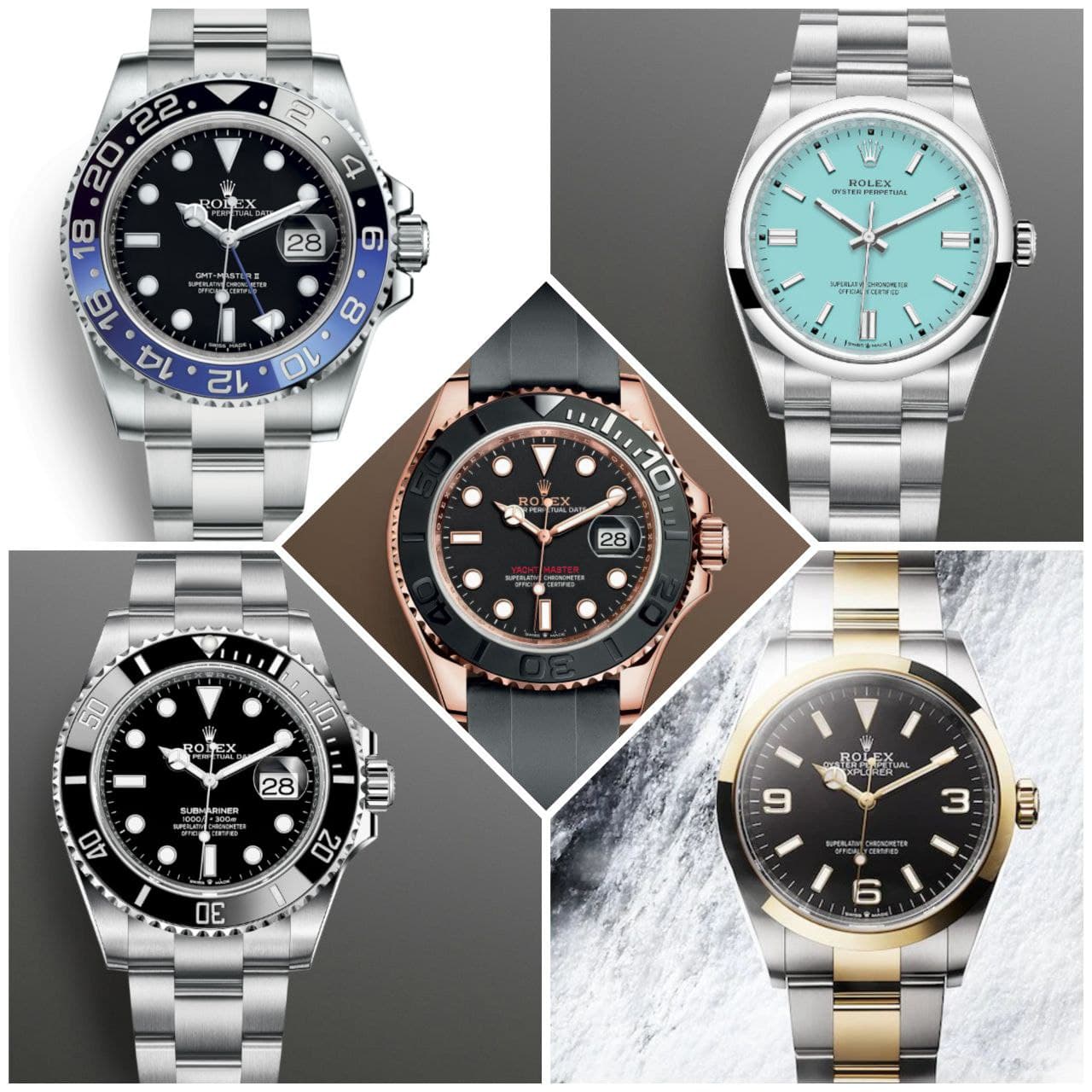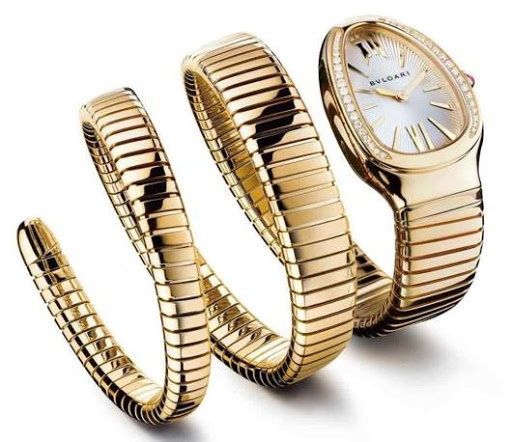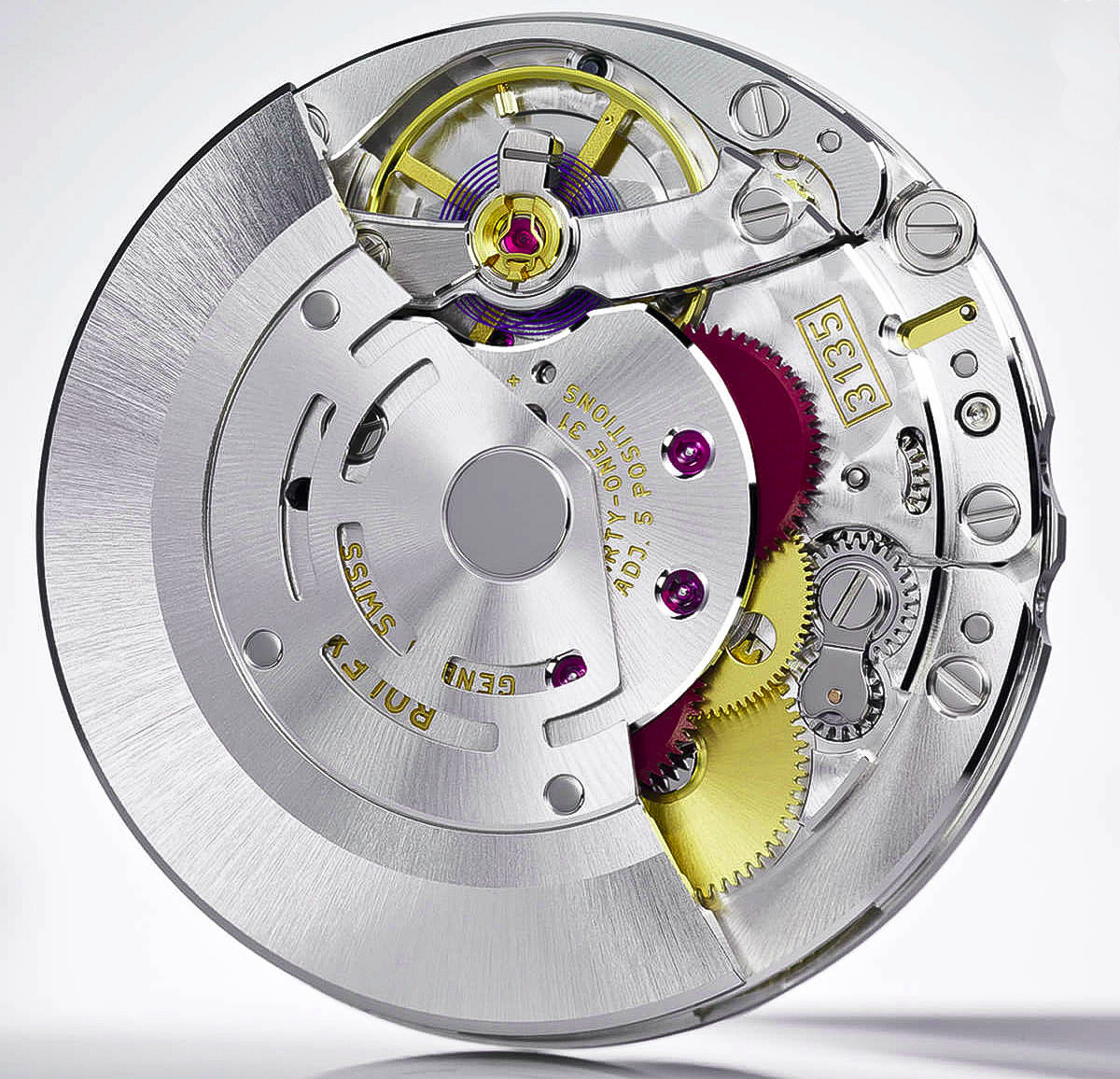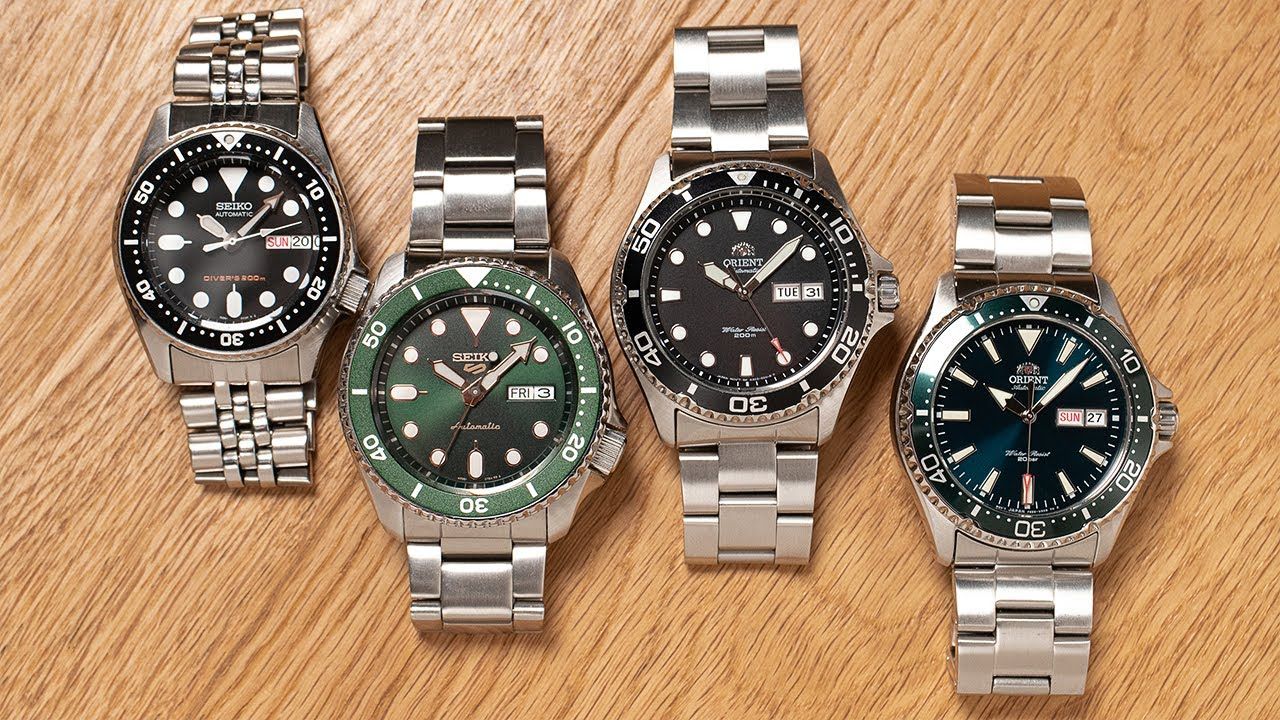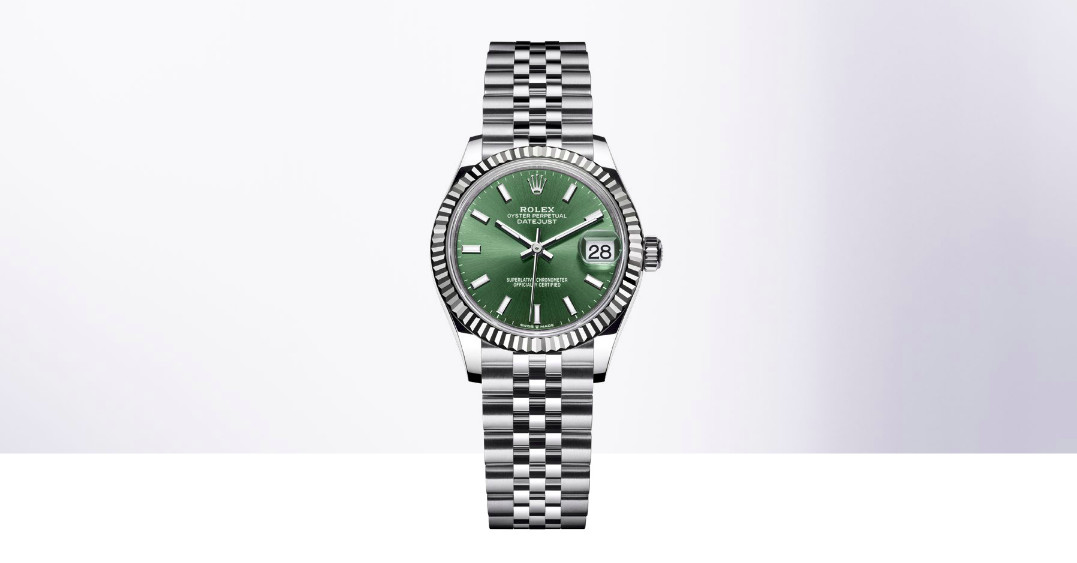Dr. N.
- watches for women they have a fascinating history: not everyone knows that the first wristwatch in the world was part of this group. During the twentieth century, the wristwatches women's watches have seen the peak of popularity: timepieces dedicated to the female public have multiplied, changing colour, shape and materials, without however ever losing their distinctive feature, the elegance and refinement that must characterize every woman.
- watches for women they are characterized by combining the nature of a timepiece with that of a jewel, resulting in both an object of daily utility and a feminine ornament.
Nowadays, does it still make sense to talk about women's watches as a distinct category? Let's find out together
Women's watches: how they are born
The world's first wristwatch is created for a woman.
We are in 1810. Carolina Murat, sister of Napoleon Bonaparte and wife of Joachim Murat, reigns over Naples. The Queen is a great fan of watchmaking Breguet and orders the brilliant inventor a watch that can always be worn on one's person. Breguet he did not disappoint expectations and created the first wristwatch in the world, also equipped with complications such as the phases of the moon, the repeater and even a thermometer.
The exceptional watch by Breguet, now lost, will not see the birth of any similar until late 1869, when the great maison Patek Philippe creates a wristwatch for Countess Koscowicz of Hungary.
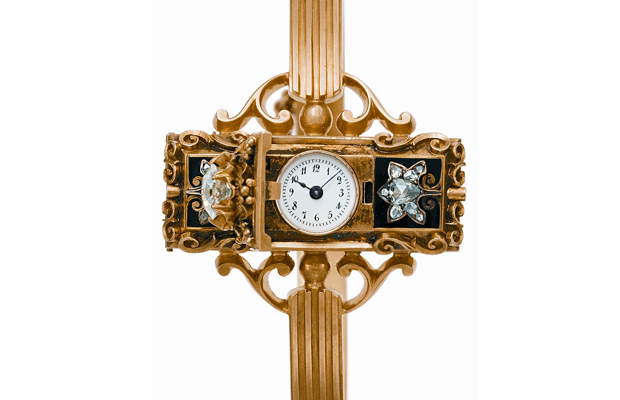
The women's watch in the twentieth century
But the birth of the wristwatch as we know it must have taken place even later, around the years following the Great War, when officers returning from the trenches popularized the idea of carrying the timepiece on their arm rather than in their pocket, in order to make it more easier consultation. Then the diffusion of anti-shock, around the XNUMXs, establishes the affirmation of the wristwatch as an object of daily use. The daring creations of this era, of which we report here an example taken from production Cartier, are still aesthetically avant-garde today.
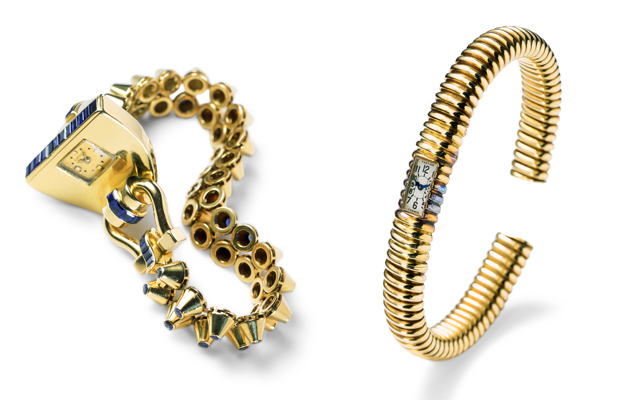
Women's watches, like men's, therefore benefit from technical discoveries that allow everyone to safely wear a timepiece on their wrist. The women's watch becomes a common sight on the wrists of ladies, especially after the Second World War, when widespread prosperity allows increasingly larger segments of the population to purchase them.
The imagination of watchmakers knows no limits: the most imaginative and extravagant models are created, like this one Jaeger-LeCoultre Duoplan from the XNUMXs.
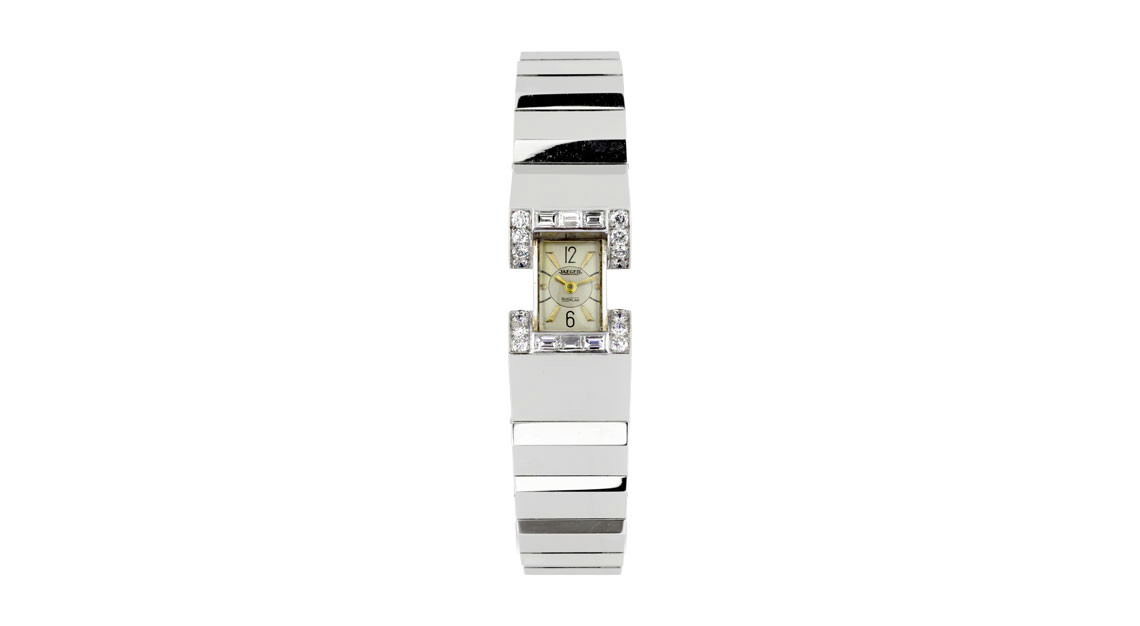
The women's watch today
Today, although most manufacturers have watches intended for women in their catalogue, the question often arises whether this type of timepiece still makes sense. After all, starting from the XNUMXs, the roles became blurred: women began to wear increasingly larger sized watches on their wrists, causing a sort of bull race on the part of manufacturers. The more women wear previously masculine watches, the more the houses increase the diameters of the men's lines to distinguish timepieces for him from those for her.
So does the distinction between women's and men's watches still make sense? Or will the future see watchmaking standardize on stylistic elements that are theoretically unisex, but in reality mainly inspired by men's lines?
To answer this question, we need to consider a few factors.
First of all, what is a women's watch? It is essentially a jewel, an accessory that completes the set of ornaments that every woman carries.
From this first consideration follows a second, of great importance: women do not always wear watches. She wears it on special occasions, when there is a certain sophistication to show off. This involves a woman taking the watch off her wrist and putting it away for a long time too, before wearing it again.
Not without reason, in most cases, the women's watch is powered by batteries: this is because a regular supply of human energy cannot be relied on.
So is the women's watch still relevant?
These considerations allow us to hypothesize an answer to the question of whether the women's watch still has a future ahead of it: and the answer is affirmative. The women's watch still makes sense to exist, because it has a different intended use than that of the men's timepiece. L'women's watch is an ornament, a jewel, as well as a simple timepiece: this is a feature that no male or unisex watch can ever have.
If you liked this article, subscribe to the Chronosect Newsletter (at the bottom of the home page) and read our Shops!


